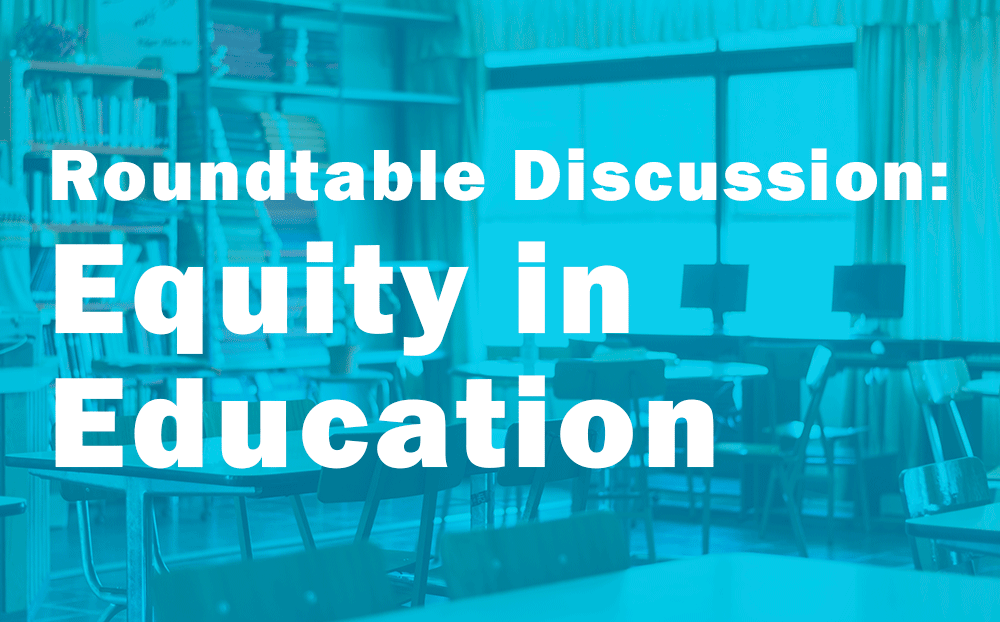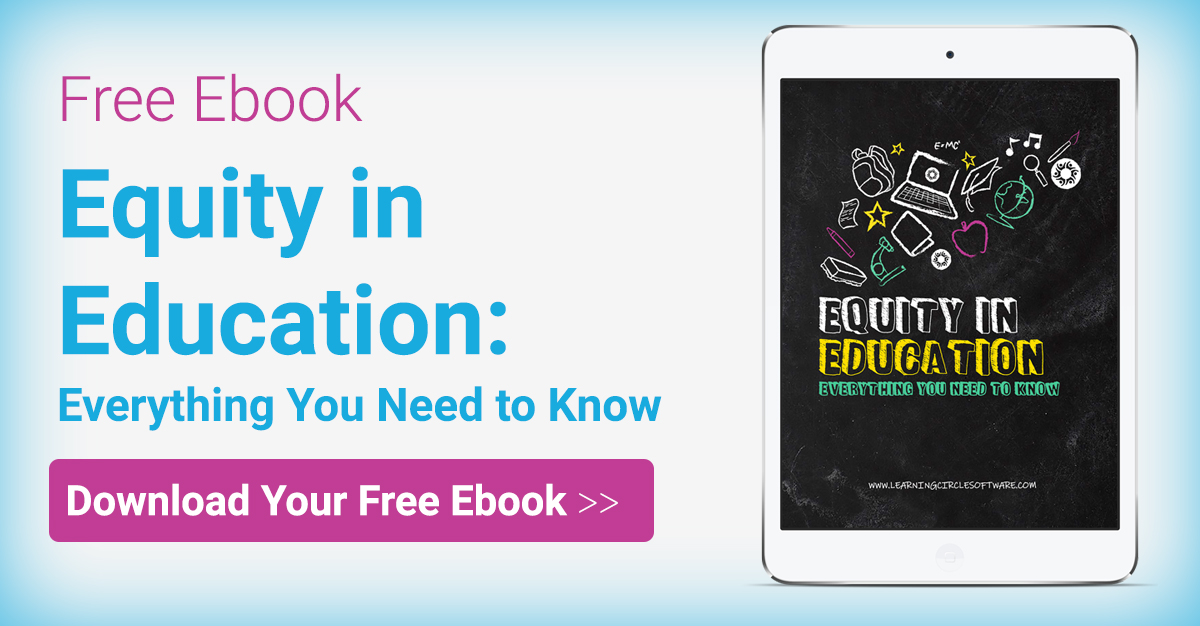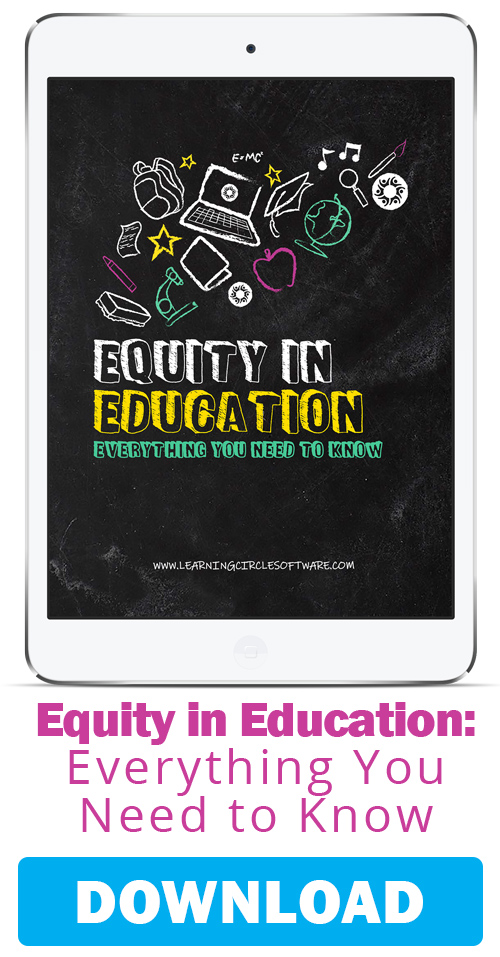We spoke with leaders in education from various backgrounds to get their thoughts on how educators can work to improve equity in their schools and communities.
First, let’s meet our roundtable participants:
- Dr. Keith M. Bell, Sr. is a Director of Leadership Services for the Educational Service Center (ESC) of Northeast Ohio. Prior to joining the ESC, Dr. Bell served as Superintendent of the Euclid City School District. Currently, he is assisting with initiatives for the college and transition for underrepresented students to graduate school at Ohio State University.
- Kirk Koennecke is the superintendent of Graham Local Schools, a remote rural school district in Ohio.
- Tiffany Workman is a first grade teacher and building enrichment leader at Dublin City Schools, a suburban school district in Ohio.
What is the number one thing districts/classrooms can do to get started building a culture of equity?
Dr. Keith Bell:
The first thing is to facilitate a cultural audit to determine where gaps currently exit. This could be done by reviewing student class offering and selection data and developing a composite.
Additionally, get an idea from the community as well as other key stakeholders by understanding what the current perceptions are related to the current cultural climate
Kirk Koennecke:
Start with a vision that creates the value of equity for everyone in the organization. Give people a target and norms of behavior to follow.
Tiffany Workman:
Set an expectation of what the culture in a building and classroom needs to look and sound like. It’s important to set common teacher, language expectations as well.
Offering teachers a model of what a culture of equity can look like and sound like in a classroom or building gives teachers an access point to build their own culture of equity. It is also important that everyone in the building is aware of this expectation and feels supported.
In your experience, what is the most overlooked underserved population in schools?
Dr. Keith Bell:
Students of color and students with disabilities along with those students in the middle. We assume they are getting it because they don’t make a lot of noise and they are “okay.” But, I have found they sometimes have the most need because there is no official identification.
Kirk Koennecke:
Poor children in rural America have been underfunded and under-represented for decades in all manner of diversity topics, discussions, opportunities, funding, etc.
Tiffany Workman:
Children with disabilities. Also, children who lack experiences prior to beginning any formal schooling. These are often children who come from economically disadvantaged families where they have been denied opportunities that many other school aged students have been provided.
How can teachers make a difference regarding equity?
Dr. Keith Bell:
By aligning their practices and student oriented actions toward representing equity. If they value equity, yet classroom practices and actions don’t align with that, there is a problem. In my experience that has been identifiable in classroom teacher behaviors.
Kirk Koennecke:
They can learn about Universal Design for Learning (UDL) principles, set non-negotiables for treatment of children, and embrace technology as an equity and access tool.
Tiffany Workman:
In my experience teachers can automatically make a difference regarding equity by establishing a positive classroom culture with their students with routines that promote equity from the start.
If students feel and know that the culture in their classroom is valued by all members of the classroom community, then they will feel like an equal and contributing member of the community. This helps students not only know that the teacher values equity but that all students in the classroom do as well.
How can superintendents create a culture of improving equity in schools?
Dr. Keith Bell:
Holding all stakeholders accountable for what is listed above.
Kirk Koennecke:
Address it, and communicate the expectations intentionally, routinely, and consistently with local, state, and national advocacy attention.
Tiffany Workman:
Creating and implementing expectations. Establishing a district culture by providing professional development consistently and providing opportunities for teachers to demonstrate and share ideas regarding equity and how they implement a culture of equity in their own classrooms and buildings.
How can districts, schools and classrooms use data to improve equity?
Dr. Keith Bell:
Determine where gaps exist to establish goals – where do you want to go (use research to determine what’s appropriate) and take steps to intentionally address those areas by adjusting current practices that lead to the desired change.
Kirk Koennecke:
Start with assessments that are universal and provide choice and voice. Provide multiple platforms for assessments, not just standard test formats.
Tiffany Workman:
Schools can use data to track if student climate is postive and track and monitor if students feel like their culture and beliefs are valued. This can also be tracked at a district level.
Data can also provide an opportunity to see which programs and interventions are most effective for underserved student groups.
How can districts, schools and classrooms achieve equity while not reinforcing stereotypes?
Dr. Keith Bell:
By understanding the difference between fair and equal. Those that need more should get more (fair). Don’t just give everybody the same thing as that might not be what they need to be successful. Secondly, if you don’t know the kids you teach – you may never get to ALL – know what you don’t know to become effective.
Kirk Koennecke:
Treat each child with a personalized plan for their chosen pathway. Don’t apologize for being from a typology, celebrate and embrace them all.
Tiffany Workman:
I am a firm believer in establishing a good classroom culture and establishing good rapport with students first. If you have a classroom climate that truly supports students, they can feel that.
Students also benefit from having a model. Modeling community and equity is so important. Making sure that you honor and have conversations about all cultures, all types of learners, and all types of people in general provides the sense that your classroom culture is an equal one.
I also think that talking about community and building classroom community is the first step to building equity in your classroom and in your building.
A great way to achieve equity is through reading mentor texts to students, especially ones that are diverse. Students need to see, hear, and be exposed to situations that provide conversation around equity.


